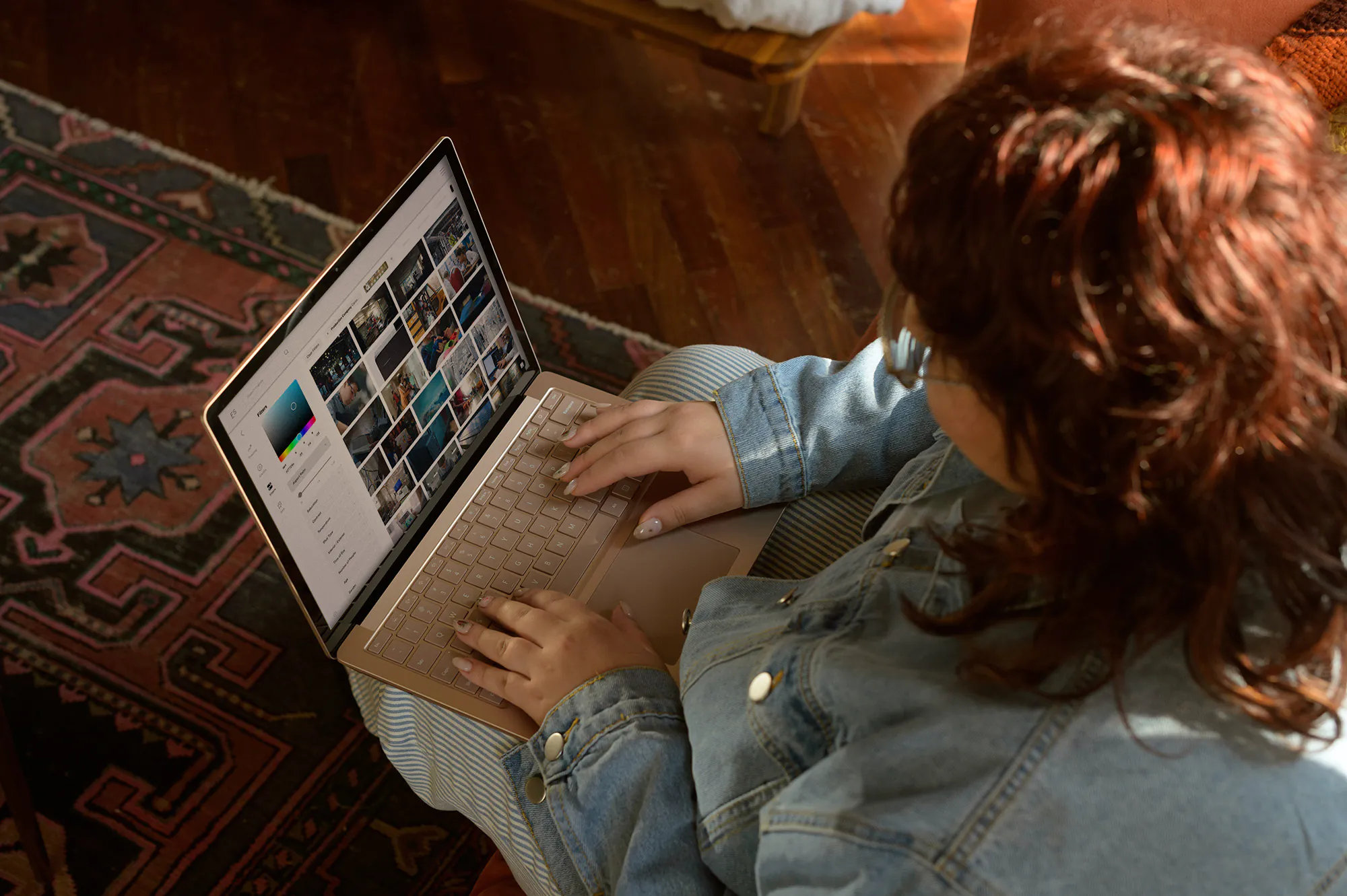Mastering Light and Shadow: Cinematography Techniques for Dramatic Visuals

Introduction:
Imagine watching a film where every frame is a painting, each shot telling its own story through the interplay of light and shadow. That’s the power of cinematography – the art that makes filmmaking not just a visual but an emotional experience. In this blog, we’ll delve into the nuances of using light and shadow to create dramatic, eye-catching visuals that can elevate your film from good to unforgettable. So, whether you're a budding filmmaker or a seasoned cinephile, buckle up as we explore the chiaroscuro of cinema.
Understanding the Basics
First things first, let’s get our basics right. Light in cinematography is not just about making things visible; it's about guiding the viewer’s eye and shaping the narrative. Similarly, shadows are not merely absence of light; they are essential for adding depth, dimension, and mood. Knowing how to balance these elements can transform your scenes dramatically.

The Role of Light
Light can be a character in its own right. It sets the time of day, reflects the mood, highlights characters, and guides the audience's focus. Soft light can envelop the scene in a gentle aura, making it feel safe and inviting, while harsh light can create sharp contrasts, intensifying emotions and dramatizing conflicts. As a filmmaker, ask yourself what the scene needs to convey and choose your lighting accordingly.

Playing with Shadows
Shadows add mystery, intrigue, and gravity to your scenes. They can create suspense, foreshadow events, or reveal hidden fears. Use shadows to sculpt your subjects in three dimensions, adding a layer of complexity to your visuals. Remember, shadows are not just black voids; they’re filled with detail and gradation. Mastering the subtle use of shadows can add a rich tapestry of meaning to your visuals.

Techniques for Dramatic Visuals:
- High Contrast Lighting: This technique, often used in thrillers and dramas, involves a stark contrast between light and dark areas. It can create a tense, edgy mood or highlight the duality of a character’s nature.
- Silhouettes: By backlighting your subject, you can create a silhouette, offering a powerful image that leaves much to the audience’s imagination.
- Motivated Lighting: This involves using light sources visible in the scene (like lamps, candles, or the sun) to provide a naturalistic feel. It can enhance realism and ground your story in a tangible world.
- Color and Light: Colors evoke emotions. Warm colors can create a sense of comfort and intimacy, while cool colors can feel detached or melancholic. Use color temperature strategically to complement the story’s emotional arc.

Common Pitfalls to Avoid
Avoid over-lighting; it can flatten your visuals and kill the mood. Also, be wary of inconsistent lighting, as it can distract the audience and break the illusion of the film’s world. Remember, every light should have a purpose.
To Conclude
Mastering the art of light and shadow is a journey, one that requires practice, patience, and an eye for detail. By understanding the basics and experimenting with different techniques, you can start to paint your stories with light, adding depth, emotion, and drama to your films. Remember, in the world of cinematography, light and shadow are your canvas, and you are the artist. Use them wisely to craft your visual poetry.
This post is based on insights from various cinematic techniques and the principles of lighting in film. For more, explore various resources and watch films with a critical eye to learn more about the use of light and shadow.
Looking To Elevate Your Filmmaking?
Frame Set offers a wealth of inspiration. Dive into our extensive collection of commercials, music videos, movies, and more. Start your journey with Frame Set today and see where it takes your creative vision.
Find frames for your treatment today




